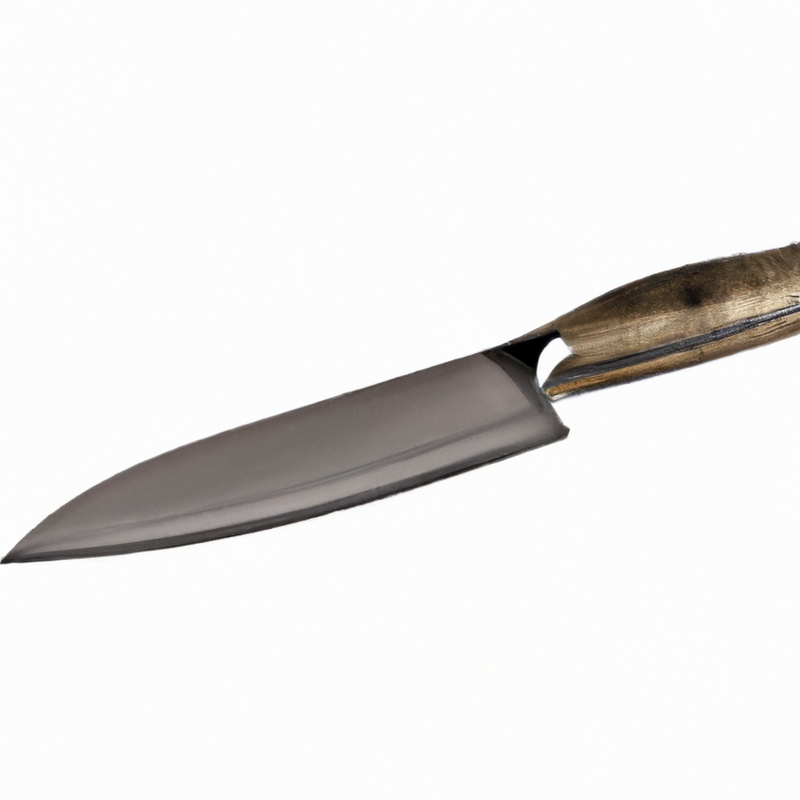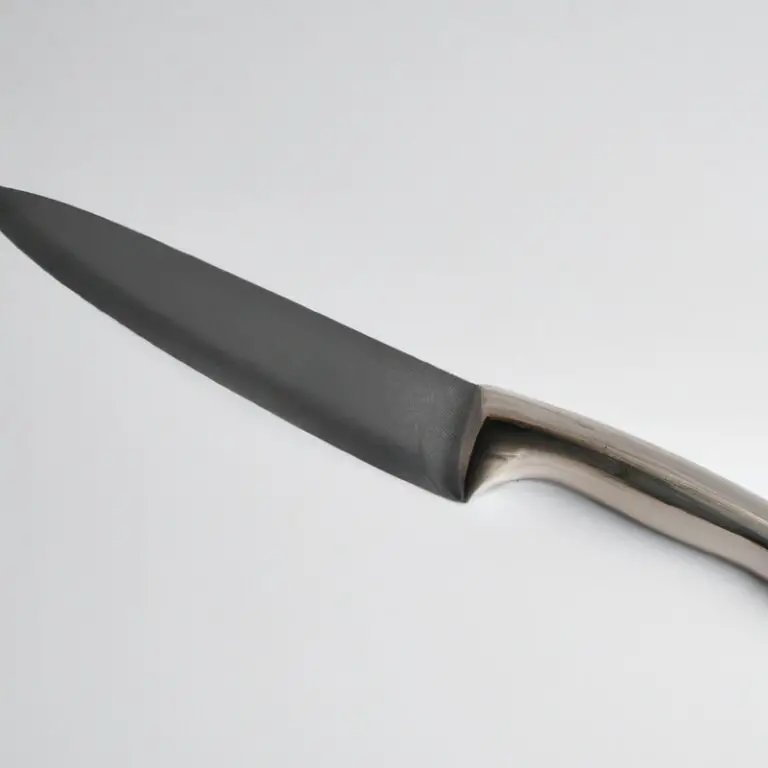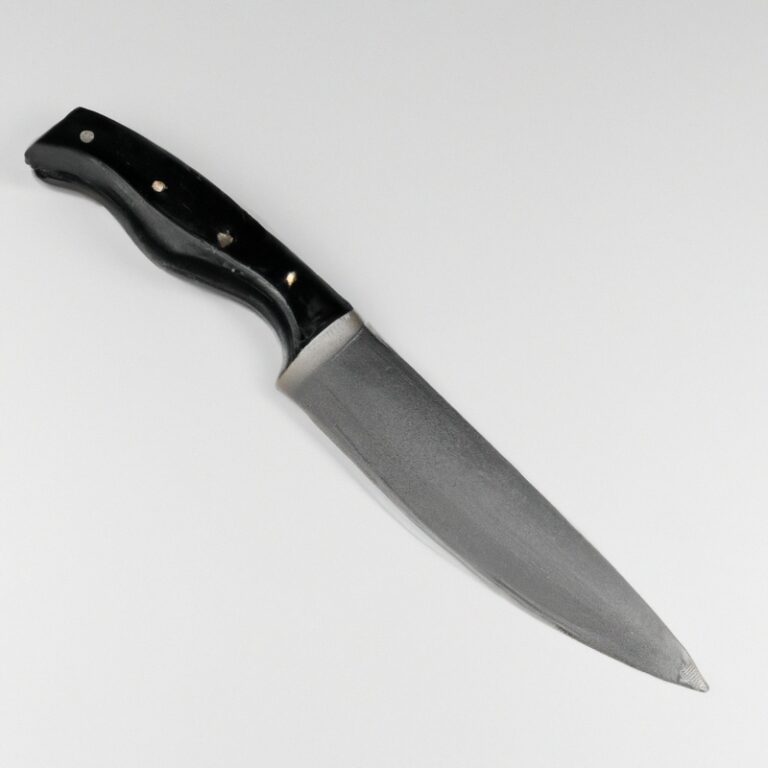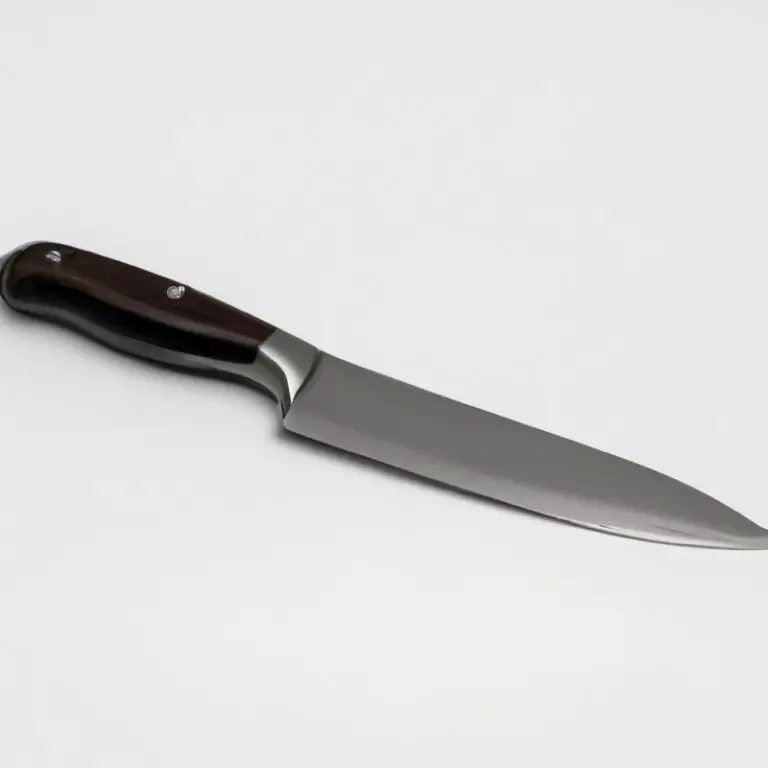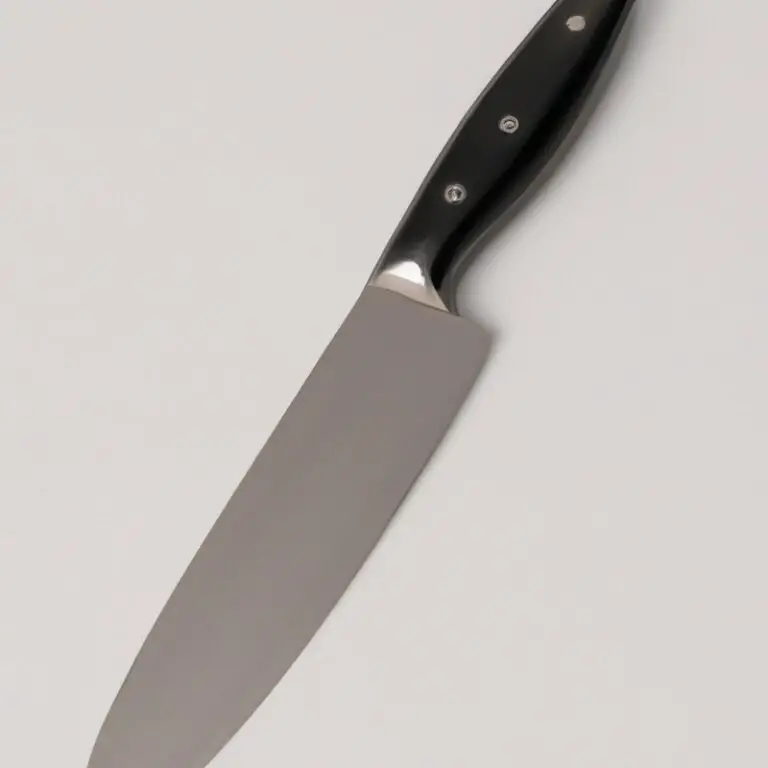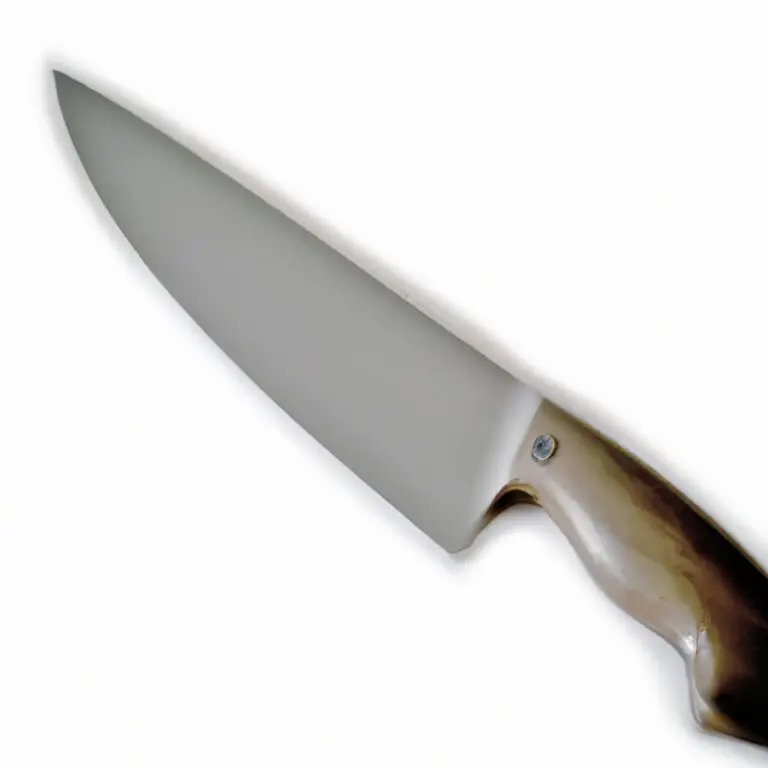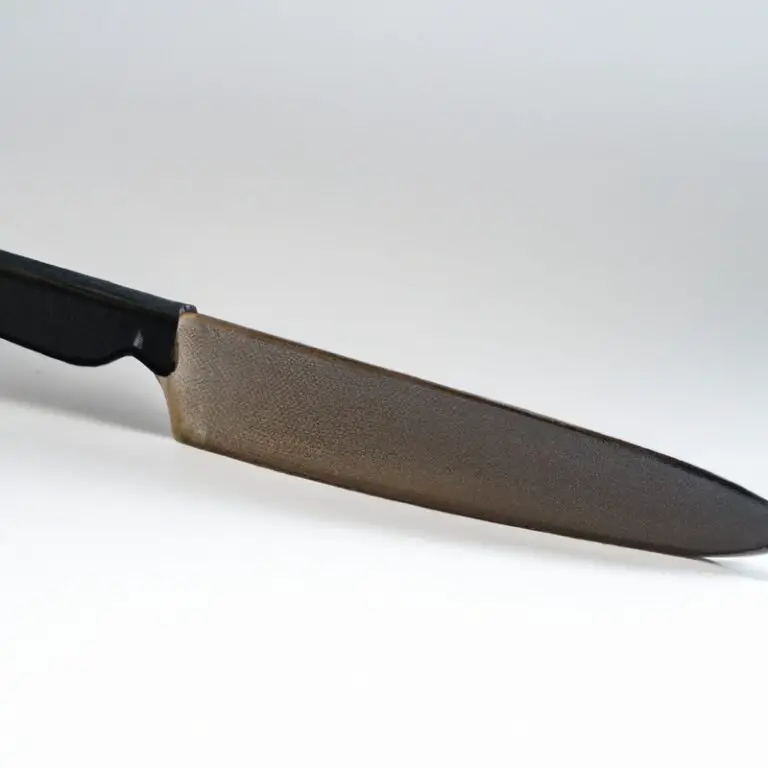How To Debone Chicken Using a Fillet Knife? – Easy And Efficient!
Key Takeaways:
- Start by removing the chicken wings and legs before deboning the breast.
- Use a sharp fillet knife and follow the bone structure closely to avoid wasting any meat.
- Take your time and work carefully to avoid any injuries or accidents.
- A deboned chicken is easier to cook and can be used in a variety of recipes.
Are you tired of spending extra money to buy boneless chicken at the grocery store? Why not try deboning the chicken yourself using a fillet knife?
Not only will it save you money, but it also opens up endless recipe possibilities.
However, deboning chicken can be dangerous if you don’t take the right safety precautions and use the correct technique. With this step-by-step guide, tips, and tricks, you’ll be deboning chicken like a pro in no time.
So, grab your fillet knife and let’s get started!
| Steps | Instructions |
|---|---|
| Step 1 | Wash the chicken thoroughly and pat it dry with a paper towel. Place the chicken on a cutting board with the backbone facing up. |
| Step 2 | Use the fillet knife to cut along the backbone, starting from the tail end to the neck. Remove the backbone and set it aside. |
| Step 3 | Open the chicken and lay it flat on the cutting board. Carefully cut around the ribs using the fillet knife, making sure to remove all the bones. |
| Step 4 | Use the fillet knife to remove the wishbone by making a small cut around it, then removing it by pulling it out carefully. |
| Step 5 | Flip the chicken over and repeat steps 2-4 to debone the other side of the chicken. |
| Step 6 | Trim off any excess fat and skin, and your deboned chicken is ready to be used in your favorite recipe. |
Safety Precautions for Deboning Chicken with a Fillet Knife
Safety is a top priority when deboning chicken with a fillet knife. Follow these precautions to prevent injuries:
- Use a sharp fillet knife to avoid slipping and applying extra force.
- Cut away from your body to avoid accidentally slicing yourself.
- Plan out your cuts before deboning to ensure control and precision in your cuts.
- Use a cutting board to avoid damaging your knives or other surfaces.
- Handle the knife with care, avoid rushing or multitasking when using it.
- Clean and sanitize the fillet knife before and after usage to prevent bacterial growth and potential contamination.
- Handle the chicken with care to avoid handling hazards, such as salmonella.
Deboning chicken with a fillet knife can be a safe and enjoyable task with these safety precautions in mind.
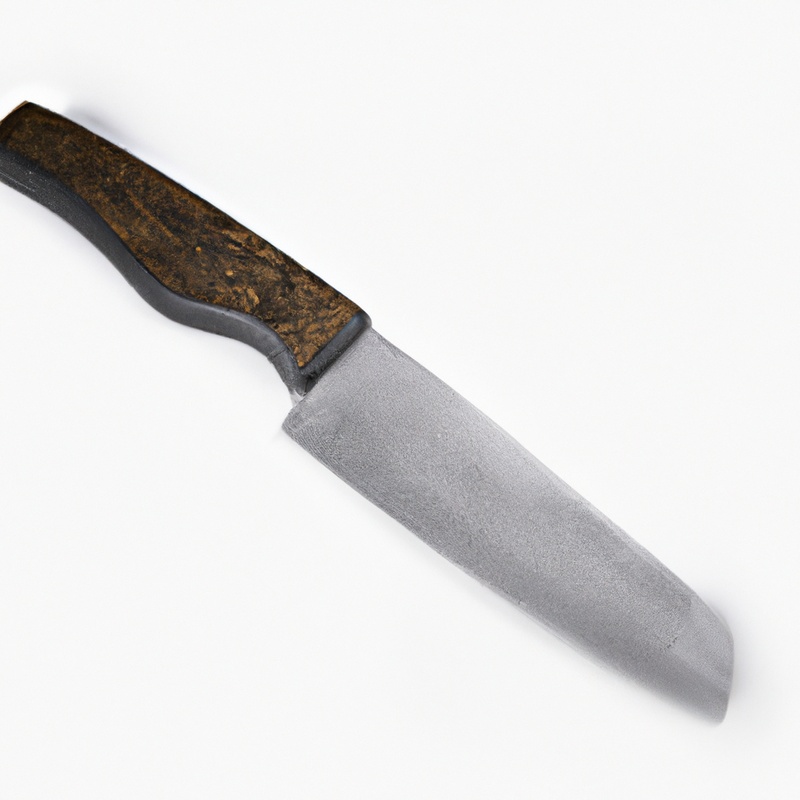
Preparing the Chicken for Deboning
When it comes to deboning chicken with a fillet knife, preparing the chicken is a crucial step. Start by ensuring that the chicken is thoroughly cleaned and pat dry.
You can make it easier to see the bones by placing the chicken on a clean cutting board and flattening it with your hand.
This will also ensure that the chicken is stable and won’t slip while you’re deboning it. Identify the bones in the chicken by running your fingers over the surface to locate them.
Use a sharp knife to make a shallow incision along the bone, taking care to avoid cutting too deep into the meat.
Repeat the process until you have loosened each bone and removed them one by one. By taking the time to properly prepare the chicken, you’ll have an easier time deboning it and will achieve better results.
Identifying the Bones in a Chicken
When identifying the bones in a chicken, it is important to first locate the backbone. The backbone runs along the center of the chicken and is easily identifiable by its shape and size.
Once the backbone is located, the drumsticks, wings, and breastbone can be identified.
The drumsticks are the lower portion of the chicken legs, while the wings are located at the upper part of the chicken. The breastbone is located in the center of the breast and runs vertically down the chicken.
When deboning a chicken, it is important to also identify the rib bones, which run along the sides of the chicken and are connected to the backbone.
These bones can be removed with a fillet knife to help make the deboning process easier. Overall, identifying the bones in a chicken is crucial for safe and efficient deboning with a fillet knife.
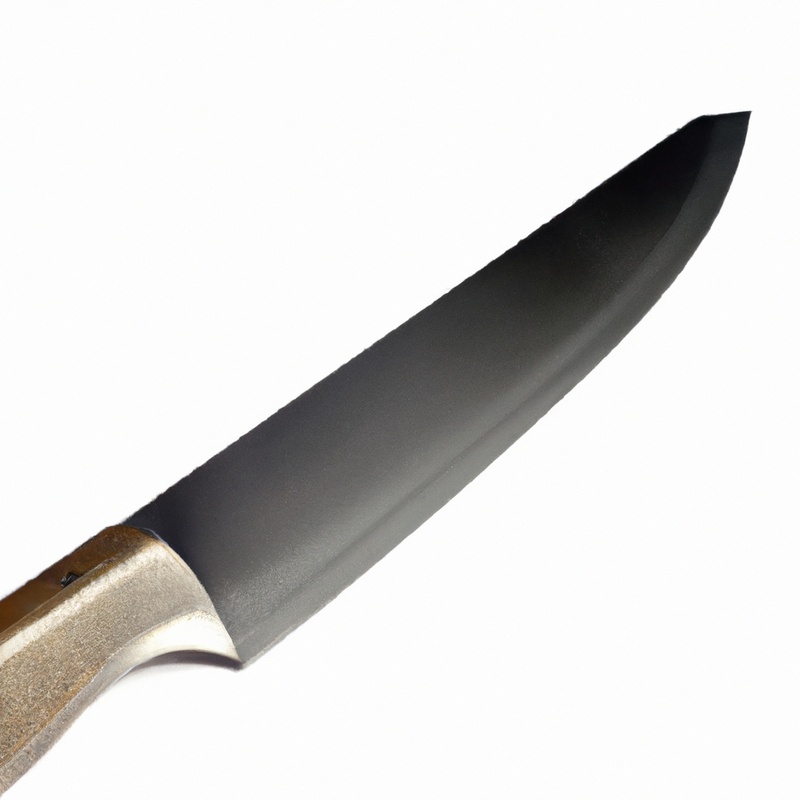
Step-by-Step Guide to Deboning Chicken with a Fillet Knife
Step-by-Step Guide to Deboning Chicken with a Fillet Knife:
- Place the chicken on a clean cutting board with the breast side up. Secure the chicken firmly with your non-dominant hand.
- Starting from the neck area, make a long cut down the breastbone using the fillet knife. Use your fingers to separate the meat from the bone gently.
- Once you reach the end of the breastbone, cut around the wishbone to remove it.
- Make a cut down the side of the ribcage and remove it along with the backbone.
- Continue to cut along the thigh bone until it is fully exposed. Repeat on the other side of the chicken.
- Remove the wings and trim off any remaining bones or cartilage.
- Check for any small bones or cartilage that may have been missed and remove them.
- Your chicken is now deboned and ready to be used in recipes and meals.
Remember to take your time and be careful while using the fillet knife. Enjoy your deboned chicken in any dish you desire!
Tips for Maintaining Knife Sharpness during Deboning
Maintaining the sharpness of your fillet knife is crucial when deboning chicken. Here are some tips to keep your knife sharp during the deboning process:
- Use the correct cutting surface: Always use a proper cutting surface, such as a cutting board made of wood or plastic, to prevent the knife from becoming dull.
- Keep the blade dry: Make sure to dry the blade thoroughly after washing to prevent rust and corrosion, which can ruin the sharpness of the knife.
- Sharpen regularly: It’s essential to sharpen your knife regularly to maintain its sharpness. Use a sharpening stone, honing rod, or electric sharpener to keep your blade in prime condition.
- Remove bones carefully: Be careful not to hit the bone with the blade when removing it, as this can cause the blade to chip or become dull.
- Avoid hard bones: Try to avoid cutting through hard bones with your fillet knife as this will dull the blade. Use a different knife or tool specifically designed for this purpose.
- Store properly: After using your knife, always clean and dry it before storing it in a sheath or knife block to preserve its sharpness.
By following these tips, you can maintain the sharpness of your fillet knife and ensure a successful and safe deboning process.
Choosing the Right Type of Fillet Knife for Deboning
The right fillet knife is crucial when deboning chicken. Choose a knife that is flexible, sharp, and has a blade length of around 6 to 7 inches.
A flexible knife allows for better maneuverability around bones and joints, while a sharp blade prevents the meat from tearing or getting stuck.
A shorter blade ensures more control, and a longer blade allows for larger cuts and portions. Stainless steel blades are recommended for their durability and resistance to corrosion.
Ergonomic handles with non-slip grips improve safety and comfort during use.
It’s important to choose a fillet knife that fits comfortably in your hand and allows for precision and control. While fillet knives work well for most deboning tasks, a boning knife may be better for larger bones or tougher cuts of meat.
For example, a rigid, curved blade might be more useful for cutting around beef or pork bones, whereas a fillet knife may be better for fish or poultry.
Choose a reputable brand for your fillet knife, and follow the manufacturer’s guidelines for cleaning and storage to maintain its sharpness and longevity. A well-chosen and maintained fillet knife can make all the difference in perfecting your chicken deboning skills.
When to Use a Different Type of Knife for Deboning Chicken
It’s important to note that while a fillet knife may work for most deboning tasks, there are cases where you may need to use a different type of knife. Understanding when to switch to a different knife can help you achieve cleaner cuts and better results.
For instance, if you encounter a particularly tough or thick bone, a heavier and more durable knife such as a cleaver may be better suited for the task.
Similarly, a boning knife may be more effective for deboning smaller and more intricate parts of the chicken, such as the wings or joints. It’s also worth considering the size of the chicken and the amount of meat you are deboning.
For larger chickens, a longer and wider blade may be more comfortable to use and help you work more efficiently.
Ultimately, choosing the right knife for the job comes down to personal preference, experience, and the specific characteristics of the chicken you are deboning. Experimenting with different knives and finding the one that works best for you can lead to more enjoyable and effective deboning experiences.
Proper Cleaning and Storage of Fillet Knives
To ensure your fillet knife remains in top condition and lasts for years, it’s important to clean it properly after each use. Begin by rinsing the blade under running water to remove any food particles.
Use a mild dish soap, a soft sponge, and warm water to clean the blade thoroughly.
Avoid using abrasive sponges or harsh cleaners that can scratch or damage the blade. Dry the blade with a clean cloth before storing to prevent rust from forming.
When storing a fillet knife, it’s crucial to protect the blade from damage and keep it out of reach of children.
Store the knife in a sheath or a blade guard to protect the blade from nicks and scratches. Alternatively, use a magnetic holder or a knife block.
Never put a fillet knife in the dishwasher, as the high heat and harsh detergents can damage the blade.
Also, avoid storing the knife in a drawer with other utensils, where it can come into contact with other metal objects and dull the blade over time. By following these proper cleaning and storage practices, you can maintain the sharpness and longevity of your fillet knife, making deboning chicken and other meats an effortless task.
Common Mistakes to Avoid When Deboning Chicken
Common Mistakes to Avoid When Deboning Chicken:
1. Rushing the Process:
Deboning chicken requires patience and attention to detail. Rushing through the process can lead to injuries or leaving small bones in the meat.
2. Using a Dull Knife:
Using a dull knife can make the process difficult and increase the risk of injuries. It is important to use a sharp fillet knife to debone chicken effectively.
3. Going Too Deep:
When deboning chicken, it is important not to go too deep and cut into the bone. This can damage the knife blade and make the process more difficult.
4. Not Removing All Bones:
Make sure to remove all the bones from the chicken. Even small bones can cause choking hazards or unpleasant experiences while eating.
5. Not Trimming Excess Fat:
Trimming excess fat can make the process of deboning chicken easier and reduce the risk of slipping while handling the meat. By avoiding these common mistakes when deboning chicken using a fillet knife, you can ensure a safe and enjoyable process that produces boneless, high-quality meat.
Using Deboned Chicken in Recipes and Meals
Using deboned chicken in recipes and meals can make cooking easier and more convenient. Deboned chicken can be used in a variety of dishes, including casseroles, stir-fries, tacos, salads, and sandwiches.
It can also be grilled, baked, or sautéed.
When using deboned chicken in recipes, keep in mind that boneless chicken breasts are typically leaner and easier to cook than bone-in chicken. To avoid dryness, it’s important not to overcook deboned chicken, as the lack of bone can make it cook faster than bone-in chicken.
Deboned chicken is also a great option for meal prep, as it can be cooked ahead of time and stored in the fridge or freezer for later use in soups, stews, and pasta dishes.
Overall, using deboned chicken in recipes and meals is a versatile and convenient option for home cooks. By following proper deboning techniques, you can easily incorporate deboned chicken into your favorite recipes for a healthier and more flavorful meal.
Final Verdict
Deboning chicken with a fillet knife may seem intimidating at first, but with practice and the proper techniques, it can become a simple and fulfilling task. Always remember to prioritize safety and take the necessary precautions when handling sharp tools and raw meat.
By taking the time to properly prepare the chicken, identifying the bones, and using the correct fillet knife and techniques, you can successfully debone a chicken and incorporate it into a variety of delicious meals.
By following the tips and guidelines presented in this article, you can become confident in your ability to debone chicken and elevate your culinary skills. So go ahead, grab your fillet knife and begin practicing this valuable skill for your future cooking endeavors.

